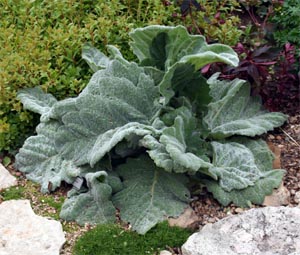 Silver sage, Salvia argentea, is just one of over 900 species of salvias. Unlike most in the group that are grown for their flowers, silver sage is generally prized for its eye-catching, furry silver leaves. Children and adults alike have a hard time resisting petting the soft, appealing foliage. This award-winning plant has been given the Royal Horticulture Society’s prestigious Award of Garden Merit.
Silver sage, Salvia argentea, is just one of over 900 species of salvias. Unlike most in the group that are grown for their flowers, silver sage is generally prized for its eye-catching, furry silver leaves. Children and adults alike have a hard time resisting petting the soft, appealing foliage. This award-winning plant has been given the Royal Horticulture Society’s prestigious Award of Garden Merit. 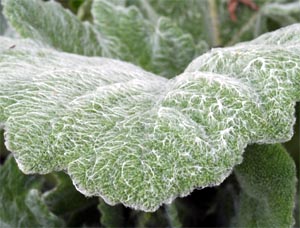 Native to dry, stony grasslands of southern Europe, the eastern Mediterranean and northwest Africa, this plant is hardy in zones 5-9. It tends to be a short-lived perennial in dry areas and/or if the flowers are removed but is more typically a biennial in humid climates, especially if allowed to go to seed. The plant grows a low basal clump or rosette of leaves up to three feet across. Leaves emerge crinkled but flatten as they grow, with the margins retaining a sinuous wave. The large, irregularly lobed oval leaves are densely covered with silver hairs that create a furry or wooly effect.
Native to dry, stony grasslands of southern Europe, the eastern Mediterranean and northwest Africa, this plant is hardy in zones 5-9. It tends to be a short-lived perennial in dry areas and/or if the flowers are removed but is more typically a biennial in humid climates, especially if allowed to go to seed. The plant grows a low basal clump or rosette of leaves up to three feet across. Leaves emerge crinkled but flatten as they grow, with the margins retaining a sinuous wave. The large, irregularly lobed oval leaves are densely covered with silver hairs that create a furry or wooly effect. 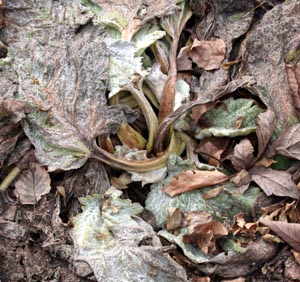 In the winter the plant dies back mostly to the ground, but it is best to leave the old leaves on the plant (even though this does not look very good) until new growth resumes the following spring. The large leaves seem to help shield the crown from excess moisture, keeping the soil around the base drier and helping winter survival. Silver sage flowers in early to mid-summer after its first year. Although the two to three foot candelabra-like flower spikes can be dramatic, the conspicuous white or green bracts and small white or yellowish flowers are not particularly impressive. Developing flowers causes the foliage to deteriorate and weakens the plant. It is best to remove the flower spikes while they are still small and before they set seed (unless you wish to propagate the plants) to help the plant itself live longer.
In the winter the plant dies back mostly to the ground, but it is best to leave the old leaves on the plant (even though this does not look very good) until new growth resumes the following spring. The large leaves seem to help shield the crown from excess moisture, keeping the soil around the base drier and helping winter survival. Silver sage flowers in early to mid-summer after its first year. Although the two to three foot candelabra-like flower spikes can be dramatic, the conspicuous white or green bracts and small white or yellowish flowers are not particularly impressive. Developing flowers causes the foliage to deteriorate and weakens the plant. It is best to remove the flower spikes while they are still small and before they set seed (unless you wish to propagate the plants) to help the plant itself live longer.  Use silver sage as a specimen plant, an accent plant in the rock garden, or at the front of the dry sunny border. A grouping of these plants makes a stunning ground cover. Silver sage combines well with other drought tolerant plants, such as lavender, yarrow (Achillea) or Russian sage (Perovskia).
Use silver sage as a specimen plant, an accent plant in the rock garden, or at the front of the dry sunny border. A grouping of these plants makes a stunning ground cover. Silver sage combines well with other drought tolerant plants, such as lavender, yarrow (Achillea) or Russian sage (Perovskia). 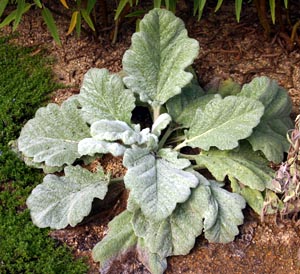 It is a nice complement for purple or magenta flowers and it looks gorgeous in a “white” garden. Silver sage grows best in rich, well-drained soil in full sun to partial shade. Hairy-leaved plants and high humidity often do not go together. In the Midwest, good results require full sun and sharp drainage (naturally sandy soil or soil amended with gravel). These plants must have excellent drainage, especially in winter, in order to thrive. Protection from winter wet will help survival. Silver sage can also be grown in containers. Space new plants in the ground two to three feet apart.
It is a nice complement for purple or magenta flowers and it looks gorgeous in a “white” garden. Silver sage grows best in rich, well-drained soil in full sun to partial shade. Hairy-leaved plants and high humidity often do not go together. In the Midwest, good results require full sun and sharp drainage (naturally sandy soil or soil amended with gravel). These plants must have excellent drainage, especially in winter, in order to thrive. Protection from winter wet will help survival. Silver sage can also be grown in containers. Space new plants in the ground two to three feet apart. 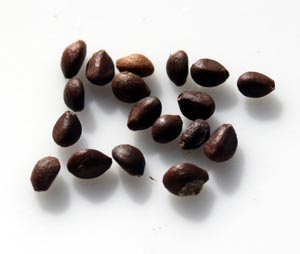 Plants are easily grown from seed, and self-sown seedlings may result if plants are allowed to flower. Sow purchased or collected seed indoors in early spring for planting out after danger of frost has passed. Silver sage can also be propagated by removing side shoots with roots from older plants in the spring. Aphids can occasionally be a problem, and in damp conditions slugs can devastate the leaves, but otherwise silver sage has few problems. – Susan Mahr, University of Wisconsin – Madison
Plants are easily grown from seed, and self-sown seedlings may result if plants are allowed to flower. Sow purchased or collected seed indoors in early spring for planting out after danger of frost has passed. Silver sage can also be propagated by removing side shoots with roots from older plants in the spring. Aphids can occasionally be a problem, and in damp conditions slugs can devastate the leaves, but otherwise silver sage has few problems. – Susan Mahr, University of Wisconsin – Madison
Hey there, fellow garden enthusiasts! I’ve been growing different types of sage for over a decade, and let me tell you – yellow-flowering sages are absolute showstoppers Today, I’m gonna share everything I know about these sunny beauties that’ll make your garden pop with color
Most Popular Yellow-Flowering Sages
1. Forsythia Sage (Salvia madrensis)
This is my personal favorite! Also known as Big Yellow Sage or Churro Sage it’s a real stunner with
- Height: 2-3 feet
- Width: 5-8 feet
- Flowering time: October
- Growing conditions: Part sun/shade
- Water needs: Medium
The coolest thing about Forsythia Sage? Those big yellow flower panicles look just like forsythia blooms! Plus, there’s this awesome variety called “Red Neck Girl” that has these striking red stems
2. Jerusalem Sage (Phlomis fruticosa)
This isn’t your typical sage, but wow, does it make a statement:
- Soft, woolly leaves
- Bright yellow blooms
- Height: 3-4 feet
- Flowering: Late spring through early summer
- Great for: Herb gardens, containers, and raised planters
3. Japanese Yellow Sage (Salvia koyamae)
This rare beauty is a hummingbird magnet! Key features:
- Blooming season: August-October
- Height: 1.5-9 inches
- Width: 2-3 feet
- Growing conditions: Part to full shade
- Unique characteristic: Fuzzy, arrow-shaped leaves
Growing Tips for Yellow Sage Plants
I’ve learned some tricks over the years to keep these plants happy:
- Sunlight Requirements
- Most yellow sages prefer morning sun
- Protect from harsh afternoon sun
- Forsythia sage does best in partial shade
- Soil Conditions
- Well-draining soil is crucial
- Works in:
- Sandy soil
- Clay soil
- Well-draining garden soil
- Watering Tips
Weekly watering schedule:- New plants: 2-3 times- Established plants: Once- During drought: Every 2 weeks- Maintenance
- Prune after freezes
- Cut back to control spread
- Remove dead flowers to encourage blooming
Common Problems & Solutions
Here’s what I’ve run into and how to fix it:
- Spreading Too Much
- Solution: Regular pruning
- Tip: Plant in contained areas
- Poor Blooming
- Cause: Usually wrong light conditions
- Fix: Adjust plant location
- Winter Protection
- Mulch around base
- Cut back before frost
- Consider container growing in cold zones
Companion Planting Ideas
These plants look amazing with:
- Turk’s cap
- Tropical sage
- Lantana (especially yellow or orange varieties)
- Native perennials
My Personal Experience
Last year, I planted Forsythia sage near my patio, and lemme tell you – it was a game changer! The yellow blooms literally lit up the whole space in October when everything else was starting to fade. Just remember to give it room to spread – I learned that the hard way when it took over my herb garden!
Yellow-flowering sages are such a joy to grow! They’re tough, pretty low-maintenance, and bring this amazing burst of sunshine to your garden. Whether you’re a beginner or a seasoned gardener, these plants are gonna make you look like a pro.
Got questions about growing yellow sage? Drop ’em in the comments below – I’d love to help you out! And don’t forget to share your own experiences with these awesome plants.
Happy gardening, y’all!
Note: Some varieties might not be available in all regions. Check with your local garden center for what grows best in your area.
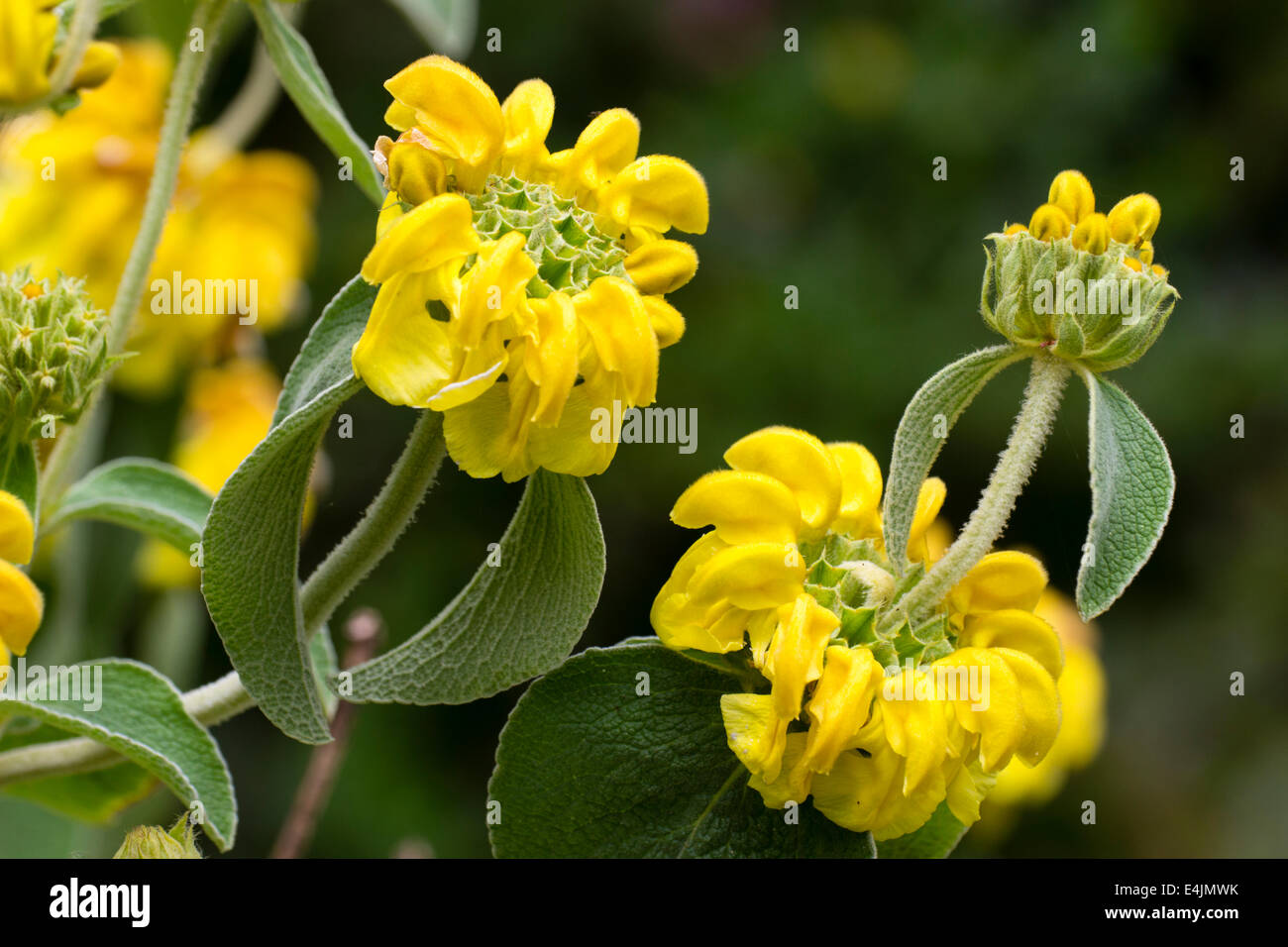
Latest from Wisconsin Yard & Garden
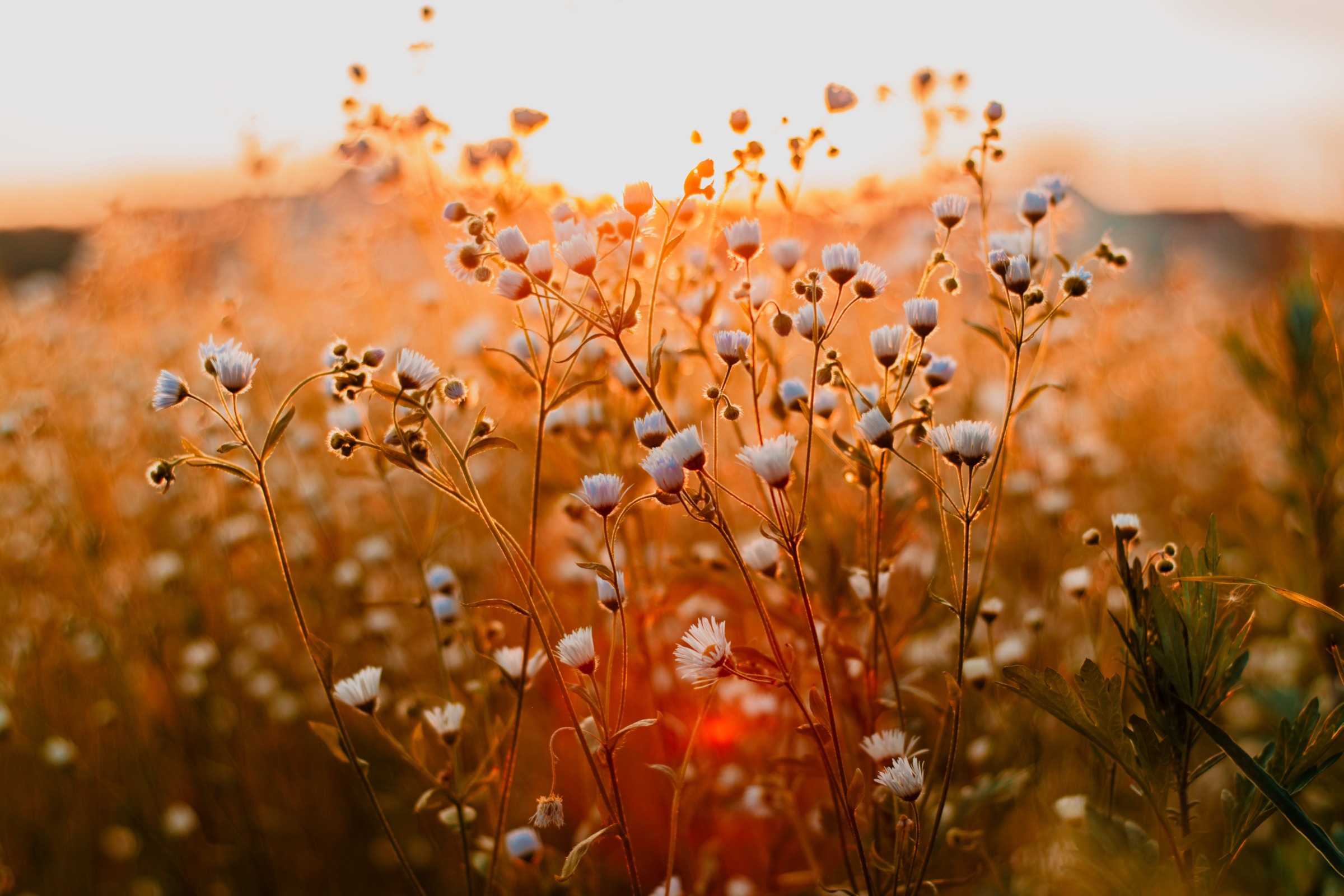
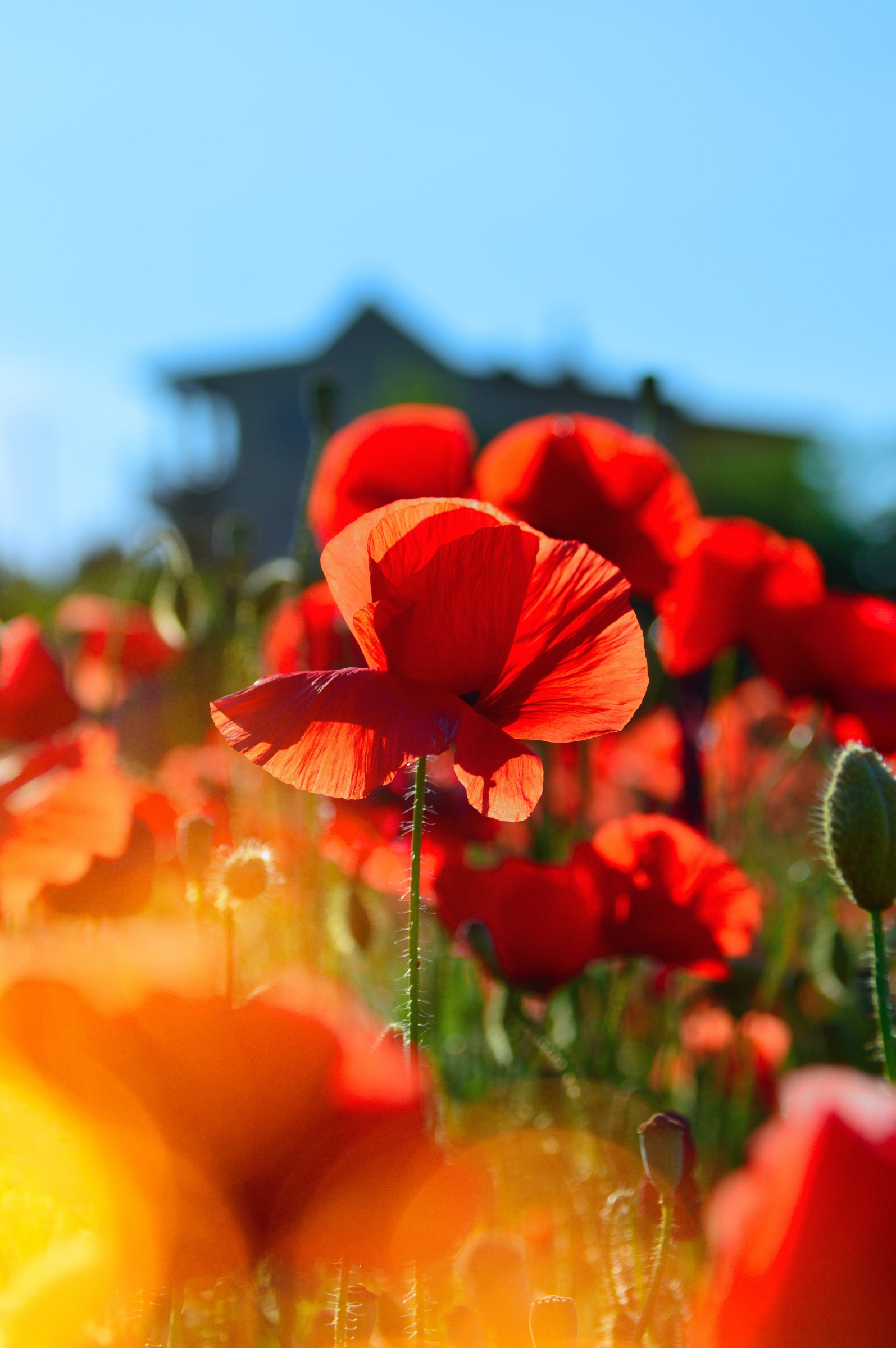
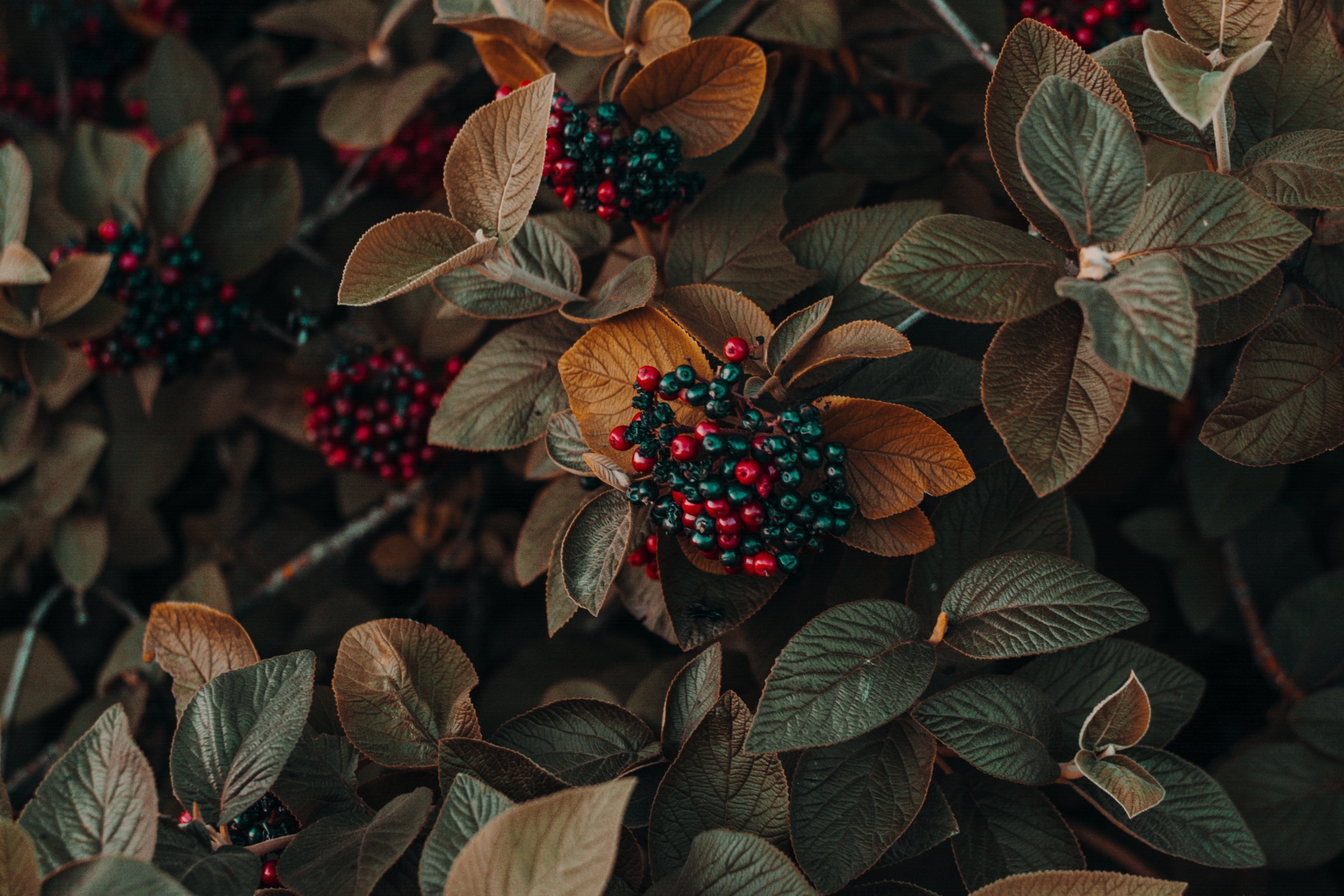
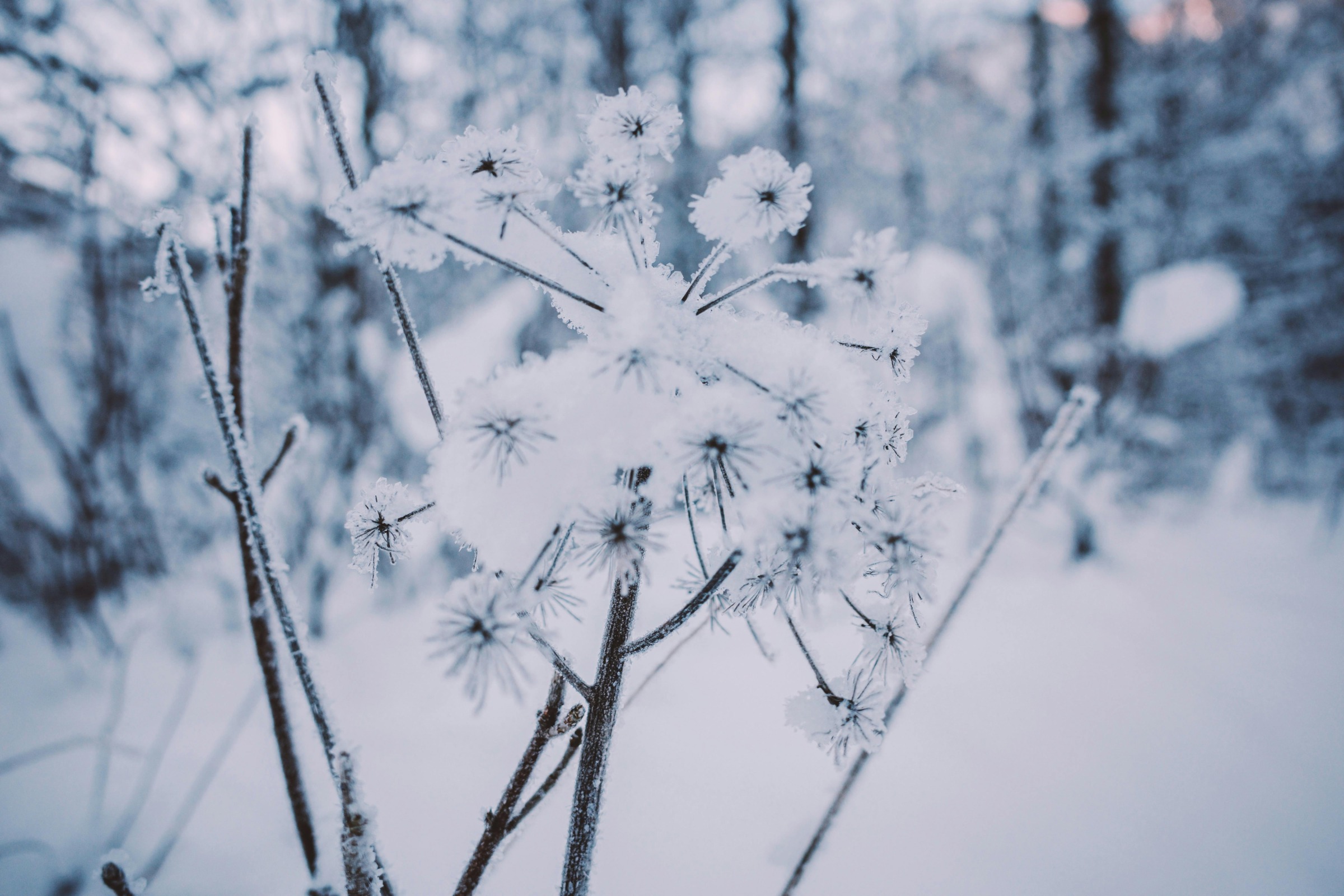
Ask Your Gardening Question
If you’re unable to find the information you need, please submit your gardening question here:
Texas Native Texas Sage! | Texas Garden Guy Plant of the Week Ep. 101
FAQ
Does sage have yellow flowers?
Common sage blooms in early summer. The camphor-scented, bluish-lavender to pink-lavender flowers are borne in whorls on short, upright flower spikes.
Should you let sage plants flower?
Leave the flowers be. Not only are they pretty (and edible), but they won’t affect the flavour or medicinal virtues of the leaves. It’s just the right time for the flowers to appear, nothing more.
What does white sage with yellow flowers mean?
Yellow Sinuata Flowers with White Sage Smudge Stick. White sage is used for smudging, cleansing & purification. Cleanse a space of any evil spirits or ‘negative’ energies that may be present. Sinuata is associated with memory, remembrance and psychic abilities.
What is Jerusalem sage good for?
Jerusalem sage contains some vitamin K to assist with faster wound healing and essential oils that provide phenolic compounds with antioxidant and anti-microbial properties. Antioxidants protect cells from free radical damage, and the anti-microbial properties help prevent harmful organisms from hurting the body.
